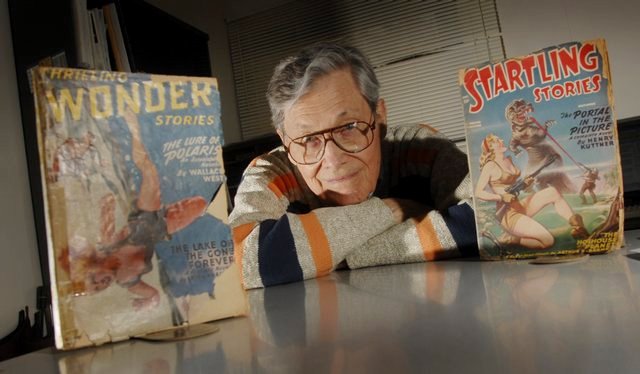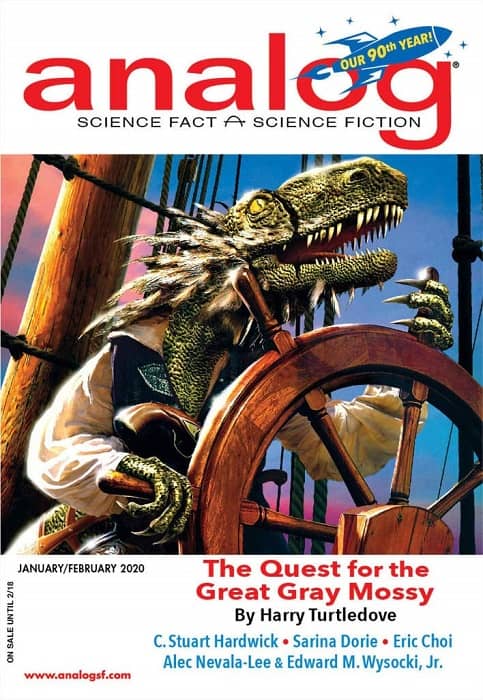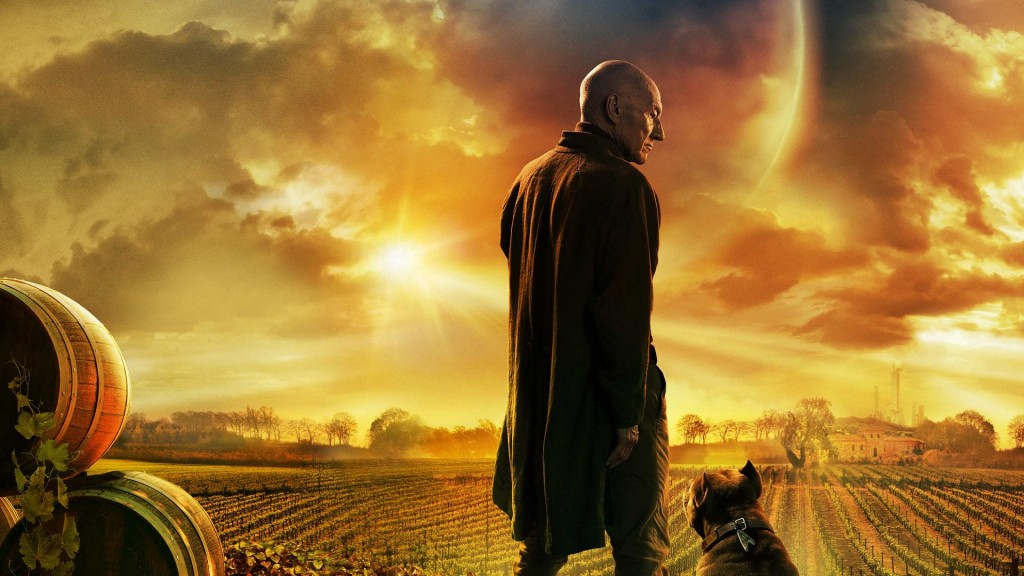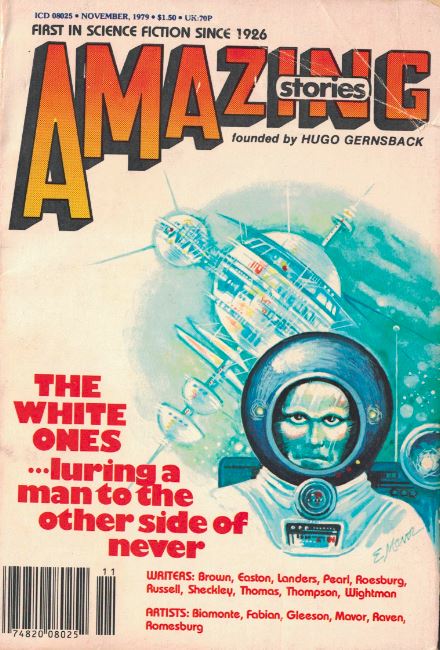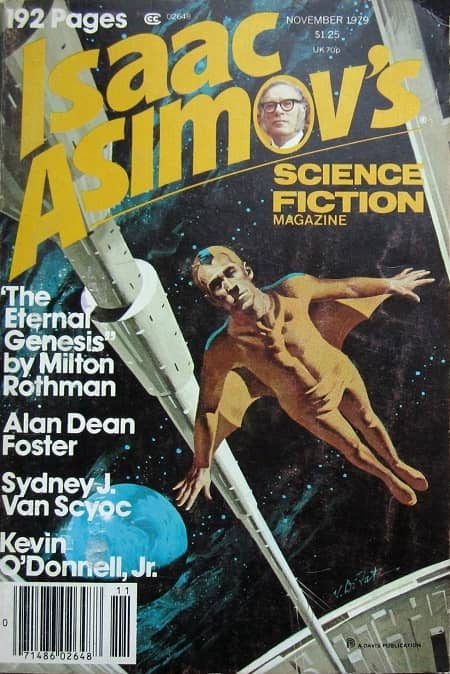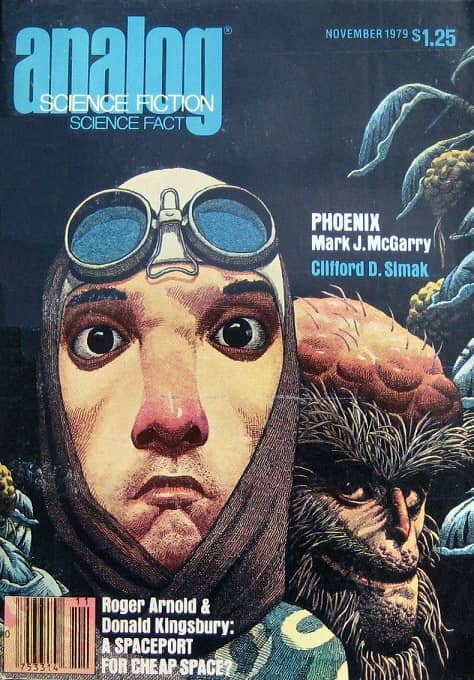Omni Magazine, November 1979: A Retro-Review
Worst Cover Ever
I will admit that I was very nervous about delving into Omni Magazine. For years, decades! I’ve heard people talk about Omni in breathless tones of awe! Yet I knew very little about it. Not to say that it was entirely unknown to me; I have distinct memories, back in like 1983, of being at the doctor’s office and they had several issues of Omni in the waiting room. I even flipped through some of them. Here is what I remember:
Omni Magazine was owned by Bob Guiccione, who also owned Penthouse Magazine, and Omni was full of ads for Penthouse. Like it should have come with a little placard that gave you instructions on how to rent a PO box and a chart where you could tick off the years/months until you turned 18 and could get a subscription to Penthouse… ahem… not that I ever did anything like that myself.
The November 1979 Omni was remarkably free from ads for Penthouse, so maybe it was a mid-80s thing?
Another thing that gave me pause about Omni was that it was huge! Not the four by six of the pulps, and not the ¼ inch thick Galileo, either. There is no other way to say it, Omni had a girth that I wasn’t sure I could handle.
Turns out that I needn’t have worried — easily half of Omni is advertising and the other half is a quarter advertising; cigarettes, mostly, but a fair share of whiskey and cars, too. Of the remaining space, a large portion of it is given up to articles and pseudoscience essays. At the end of the day, November 1979 Omni has very little fiction, only two pieces, although it also has two sci-fi related pictorials. I don’t know if this fiction desert is standard fare for the magazine or if it was a one-off.

